
Think Again: Are Education Programs for High Achievers Inherently Inequitable?
This brief challenges the notion that marginalized students of high ability are harmed by advanced education, with implications for better screening measures and expansion of programs.
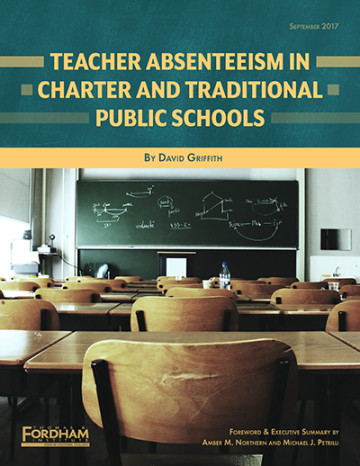
Teacher Absenteeism in Charter and Traditional Public Schools
Research confirms what common sense dictates: Students learn less when their teachers aren’t there. According to multiple studies, a ten-day increase in teacher absence results in at least ten fewer days of learning for students.
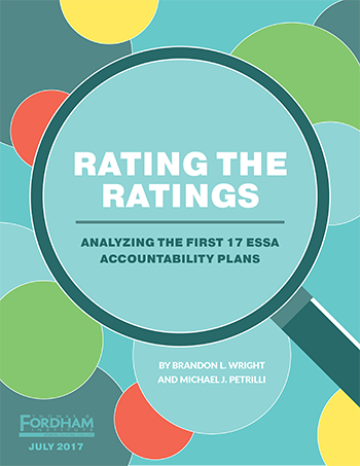
Rating the Ratings: Analyzing the First 17 ESSA Accountability Plans
The Every Student Succeeds Act (ESSA) grants states more authority over their school accountability systems than did No Child Left Behind (NCLB)—meaning that states now have a greater opportunity to design improved school ratings. Rating the Ratings: Analyzing the First 17 ESSA Accountability Plans examines whether states are making the most of the moment.

What Teens Want From Their Schools: A National Survey of High School Student Engagement
Among high school students who consider dropping out, half cite lack of engagement with the school as a primary reason, and 42 percent report that they don’t see value in the schoolwork they are asked to do.

Three Signs That a Proposed Charter School Is at Risk of Failing
It’s well established that some charter schools do far better than others at educating their students. This variability has profound implications for the children who attend those schools. Yet painful experience shows that rebooting or closing a low-performing school is a drawn-out and excruciating process.
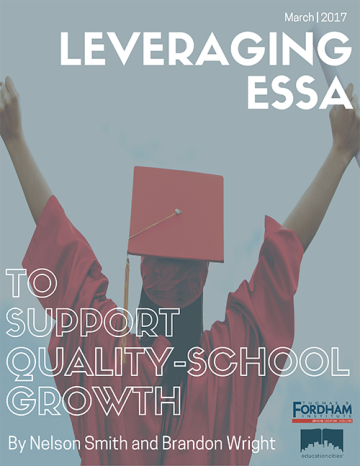
Leveraging ESSA to Support Quality-School Growth
Under the Every Student Succeeds Act, the federal School Improvement Grants program is gone, but the goal of school improvement remains. States must now use seven percent of their Title I allocation for these efforts, but are no longer constrained by a prescribed menu of intervention options.
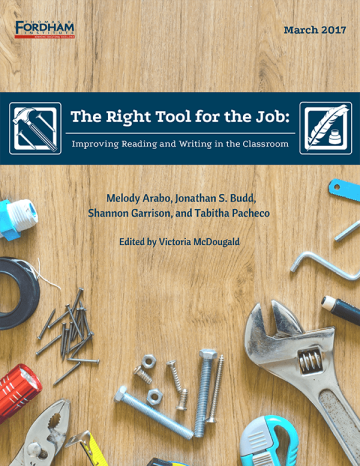
The Right Tool for the Job: Improving Reading and Writing in the Classroom
Although it’s been almost seven years since many states took the important step of elevating their academic standards by adopting the Common Core, teachers and administrators across the country still bemoan the lack of reliable information about which instructional materials are high-quality and best aligned to the new standards.
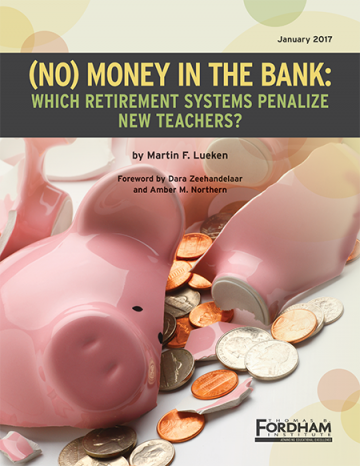
(No) Money in the Bank: Which Retirement Systems Penalize New Teachers?
A new teacher’s pension is supposed to be a perk. The truth is that for the majority of the nation’s new teachers, what they can anticipate in retirement benefits will be worth less than what they contributed to the system while they were in the classroom, even if they stay for decades.
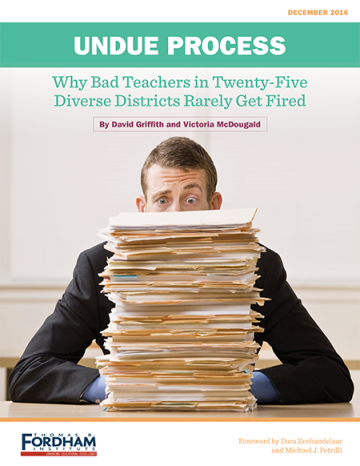
Undue Process: Why Bad Teachers in Twenty-Five Diverse Districts Rarely Get Fired
Countless studies have demonstrated that teacher quality is the most important school-based determinant of student learning, and that removing ineffective teachers from the classroom could greatly benefit students.

High Stakes for High Schoolers: State Accountability in the Age of ESSA (Part II)
Eleven weeks ago, in High Stakes for High Achievers: State Accountability in the Age of ESSA, the Fordham Institute reported that current K–8 accountability systems in most states give teachers scant reason to attend to the learning of high-achieving youngsters.
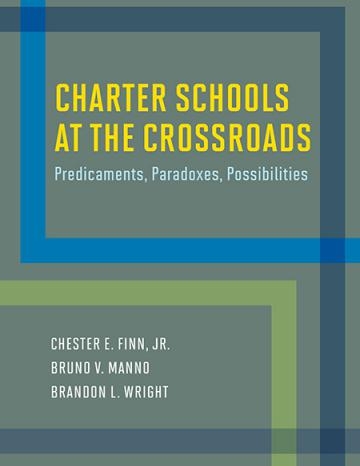
Charter Schools at the Crossroads: Predicaments, Paradoxes, Possibilities
Over the past quarter-century, charter schools have gone from an upstart education experiment to a prominent, promising, and disruptive innovation in K–12 education. Indeed, few observers present at the creation of the first charter schools could have predicted how rapidly this movement would spread or how thoroughly it would come to dominate the education-reform agenda.
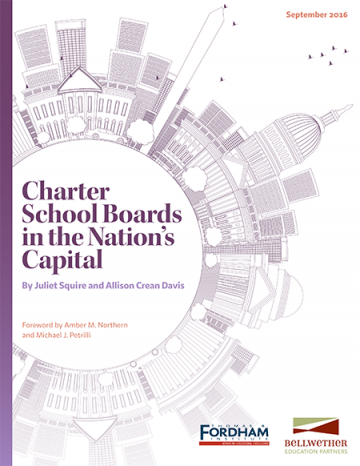
Charter School Boards in the Nation's Capital
Tens of thousands of individuals across the United States volunteer their time, energy, and expertise as members of charter school boards. Yet as the charter sector has grown, we’ve learned remarkably little about these individuals who make key operational decisions about their schools and have legal and moral responsibilities for the education of children in their communities.

High Stakes for High Achievers: State Accountability in the Age of ESSA (Part I)
No Child Left Behind meant well, but it had a pernicious flaw: It created strong incentives for schools to focus all their energy on helping low-performing students get over a modest “proficiency” bar. Meanwhile, it ignored the educational needs of high achievers, who were likely to pass state reading and math tests regardless of what happened in the classroom.